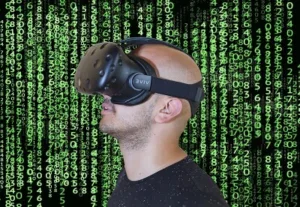IDC has forecast that the global AR/VR market will grow with a CAGR of 71.6% over the 2017-2022 forecast period and will reach $27 bilion in 2018 – up 92% over 2016.
The consumer industry maintains its position as the largest source of spending for AR/VR products and services over the course of the forecast period, reaching $53 billion by 2022, followed by spending in the retail, discrete manufacturing, and transportation industries, representing $56 billion collectively by 2022. Virtual reality gaming continues to be the dominant AR/VR use case in 2018 with spend expected to reach $7 billion. Over the course of the forecast period, retail showcasing represents the use case with the largest CAGR of 119.3%, followed by lab and field and film and television amusement. New use cases for 2018 include public infrastructure maintenance, as well as 360º educational video viewing (K-12).
Host devices represent the top technology category for 2018 with spending to reach $10 billion, followed by VR software at $5.7 billion in 2018. With 141.6% CAGR, AR viewers represent the top technology category over the forecast period followed by AR systems integration, and AR customer application development. The consumer sector maintains its leadership position in 2018 with spending forecast to be $14.2 billion, while the distribution and services sector is estimated to achieve a 34.4% CAGR over the forecast period with spend to reach nearly $72 billion by 2022. Manufacturing and resources follows, estimated to achieve 18.5% CAGR over the forecast period while public sector is forecast to reach $33.5 billion by 2022.
The United States will maintain a strong foothold as the region with the largest CAGR over the forecast period at 99.1%. The Middle East & Asia, and Asia Pacific (excluding Japan) (APeJ) will experience similar CAGRs over the forecast period followed closely by Latin America. In 2018, China will top all regions in spend at $10.2 billion with top spending in host devices, followed by VR software and AR software.

